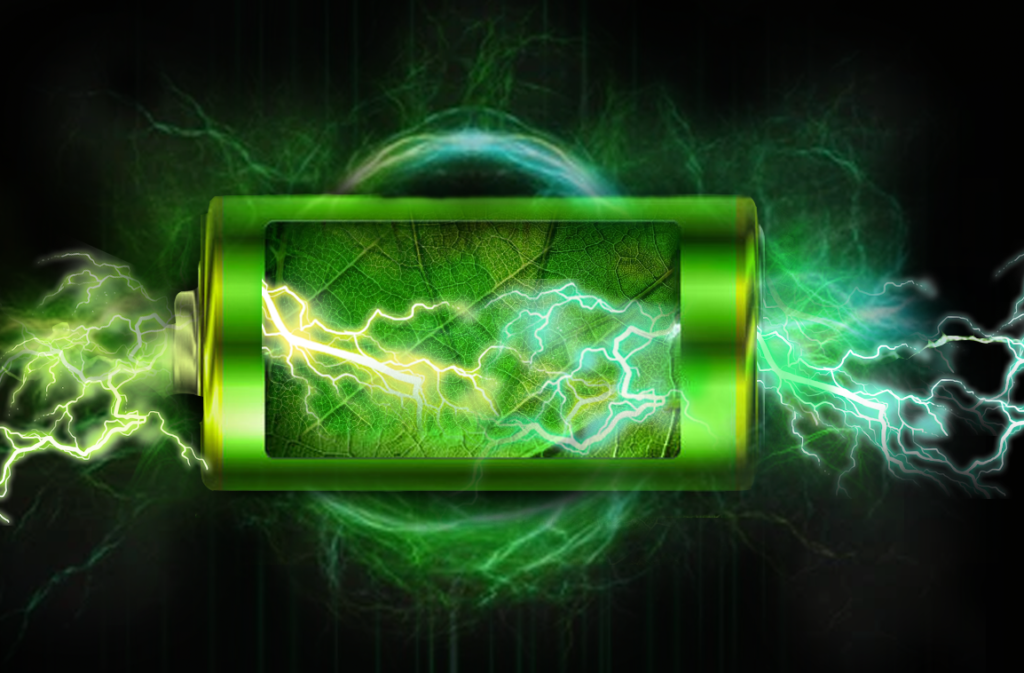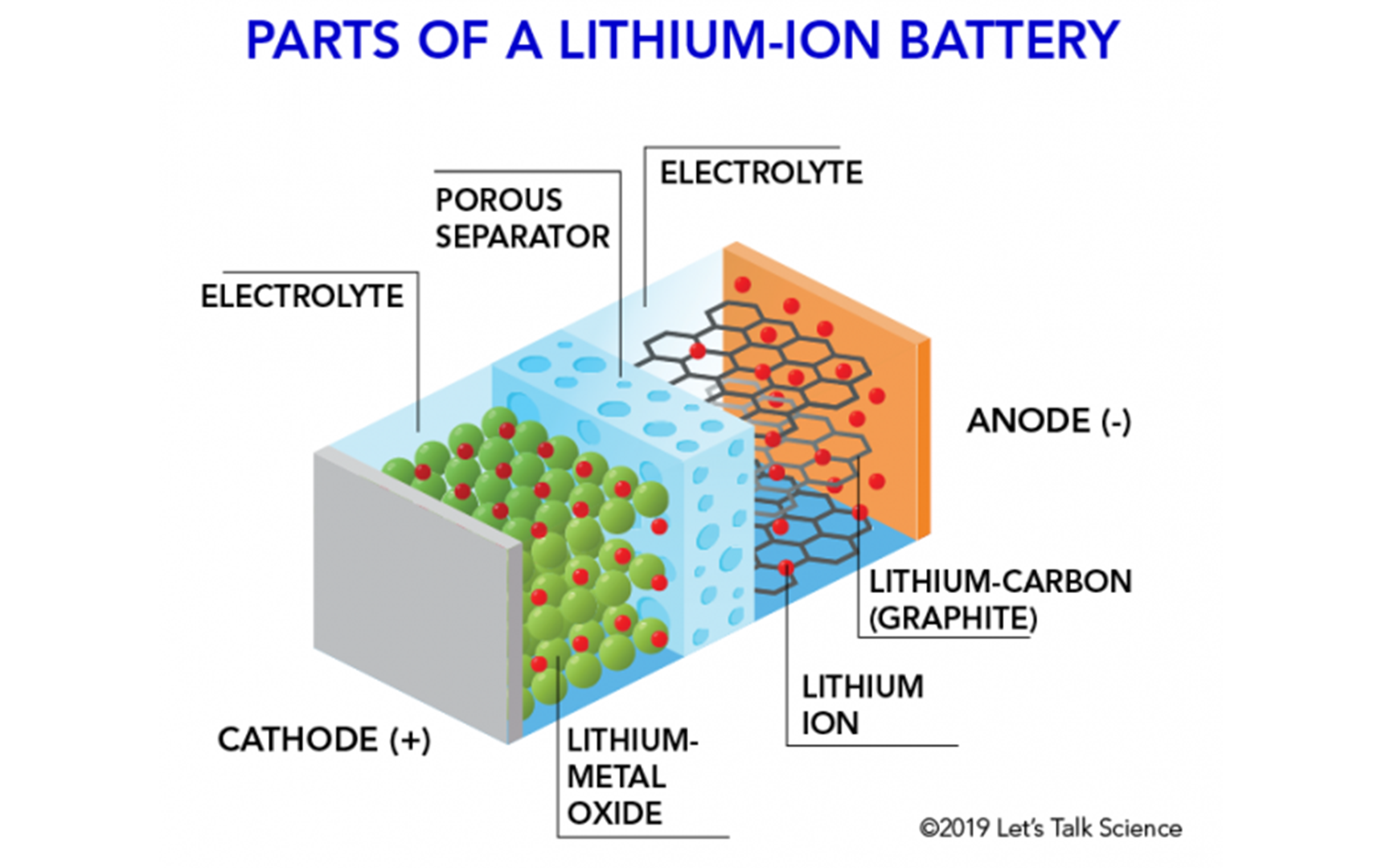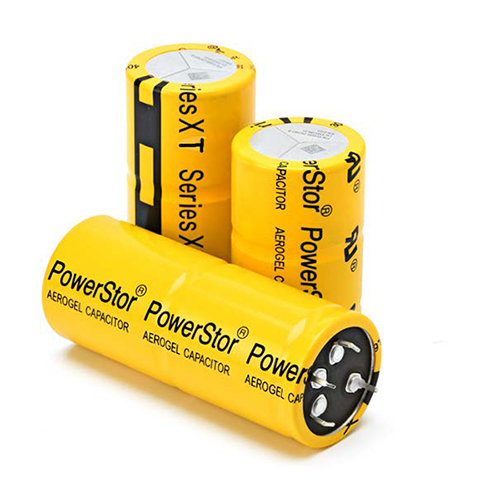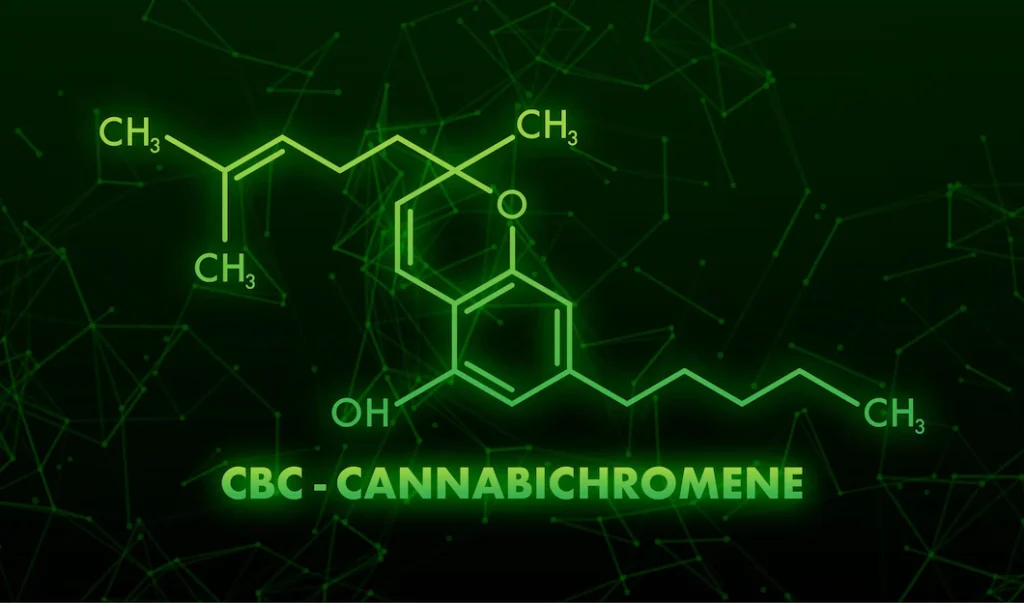
Hemp as a Solution for Energy Storage Technologies
By Gabriel Ettenson
August 4, 2021

In his previous blog titled “Top 5: Hemp Innovations” Zilis’ Strategic Innovation Strategist Gabriel Ettenson mentioned the incredible impact that hemp can make on the growing global demand for cheaper, more sustainably built, and higher performance energy storage technologies. In this blog, Gabriel will delve deeper into this subject and look more specifically at the use of hemp fiber, in its carbonized form, as a replacement for the use of graphene in both lithium-ion batteries and their synergistic counterparts, supercapacitors.
Carbonized Hemp:
While the term “hemp graphene” is gaining traction as this industry evolves and does indeed serve as a bold signpost pointing toward the properties of this amazing raw material, it is more accurate to differentiate it from actual graphene by describing it as “hemp carbon” or “carbonized hemp.” Carbonized hemp, meaning hemp that has been converted into carbon or carbonic residue, can be made in a variety of ways; but in simple terms, the process involves initial separation of the unique fibers within the stalk of the hemp plant and subsequent treatment of those fibers using heat, time, and for certain methods chemicals, to “carbonize” them. The process results in a black, carbonized raw material that can be used for a variety of energy storage solutions in similar ways that graphene is currently being used.

https://www.concreteconstruction.net/article/hemp-fibers-make-concrete-stronger_c
But wait, there’s more! It’s not that carbonized hemp is just “another option” for graphene replacement, but it is also one that can be produced at a fraction of the cost, more rapidly, and more sustainably. It is also, based on recent research, one that may outperform graphene in key battery performance metrics.
Now, let’s look at both lithium-ion batteries and supercapacitors to understand these graphene-driven metrics a bit better.
Lithium-ion Batteries:
Most people have heard of lithium-ion batteries because they are mentioned in the pre-boarding declarations made at the airport when traveling. If not, they’re familiar because of their over-exaggerated association (thanks, media) with spontaneous combustion. However, lithium-ion batteries are quite safe and commonly used, and they are growing in popularity due to the increasing dependency by society on technology and the energy storage solutions required to support technology’s growing complexities.
Among the many positive attributes of lithium-ion batteries (compared to other popular forms such as nickel-cadmium batteries and lead-acid batteries) are:
- They are lighter in weight.
- They can be recharged before being completely emptied of a previous charge.
- They can store a lot of energy (high energy density).
On the flip side, there are also limitations to lithium-ion batteries such as:
- They degrade over time and need to be replaced.
- They are sensitive to high temperatures.
- They can take a while to charge completely.
Where does graphene come in?
When we look at the two different energy storage systems independently, graphene’s contribution differs. In the lithium-ion battery, graphene is used to coat what is referred to as the anode.

https://letstalkscience.ca/educational-resources/stem-in-context/how-does-a-lithium-ion-battery-work
A lithium-ion battery consists of four main components: the anode, the cathode, a separator (which keeps the anode and cathode apart), and an electrolyte fluid. This fluid is what allows the lithium ions to move back and forth between the cathode and the anode, a general process by which these batteries operate. By adding graphene to the anode design, both temperature sensitivity and the rate of degradation can be improved, which creates greater durability.
Supercapacitors:
Supercapacitors are generally less known when compared to lithium-ion batteries; the exception being fans of the movie, “Back to the Future” who recall Doc Brown mentioning them in his discussions on time travel vehicles with Marty McFly. Despite this, however, I believe they too will soon be well-known because of their abilities to compensate for the lithium-ion weaknesses described above.

https://www.eaton.com/us/en-us/catalog/electronic-components/xt-supercapacitor.html
The key benefits of supercapacitors are:
- They release energy and charge rapidly.
- They can withstand higher temperatures.
- They have longer life spans.
On the negative side, they:
- Hold a much smaller charge (low energy density).
- The voltage output declines gradually as the charge is used up.
So, if we look at supercapacitors and lithium-ion batteries together, you can see they appear to form two parts of what seems like the ideal whole. And it is therefore not surprising that industries such as the electric vehicle industry are moving toward integrated energy storage systems involving both versus the historical lithium-ion-only approach.
A supercapacitor has a slightly different design than a lithium-ion battery from a structural standpoint. However, for our purposes, we can consider a supercapacitor to have an electrolytic fluid as well as an anode-like and cathode-like plate on both ends, both of which are coated with carbon. It is the recent efforts to replace or augment the carbon coating with a graphene coating that have shown to provide some very exciting improvements. In particular, graphene appears to increase both the amount of energy that can be discharged and the speed at which the battery can recharge.
Hemp-derived Disruption:
In the introduction to this blog, I mentioned the advantages of carbonized hemp as a replacement for the use of graphene. Let’s dig into this a bit further to understand the advantages.
- Cost – according to online sources, graphene can currently cost between $100-$200 per gram, making it cost-prohibitive. A comparable carbonized hemp is estimated to cost approximately $500 per ton! This is obviously a massive difference. And while I think we do need to see the industry grow a bit before committing to that low-cost estimate on a commercial level, it is so far apart that I feel confident its status as a cost disruptor will remain intact. Beyond the financial benefits that can be realized with these lower costs, however, will be the great acceleration of technological development that will occur as a result of remarkably improved access to the material across the globe. Speaking of the globe, let’s talk about another amazing benefit of carbonized hemp: sustainability.
- Sustainability – I will keep this simple; two words, carbon sequestration. Being able to build an emerging global market from a plant known for its extraordinary ability to sequester carbon while being grown is a true game changer. And it really doesn’t stop there because the fiber used for carbonized hemp can be partially derived from hemp plants being grown for food (hemp protein and hempseed oil), dietary supplements (CBD supplements) or cosmetics (CBD and hempseed oil-based skincare). While the vast majority of carbonized hemp will come from hemp grown specifically for the fiber industry, imagine growing hemp for cosmetics, mitigating CO2 while its being grown, and then using the “waste stream” hemp components (stalks) to extract fibers and create carbonized hemp, which can then be used for energy storage systems in an electric vehicle. Pretty amazing.
- Speed of production – As above, cost is a huge differentiation factor between carbonized hemp and graphene. There are several reasons for that, but among them are the challenges of producing graphene from its natural sources (such as graphite) versus growing and processing hemp to produce carbonized hemp. The latter is simpler and faster.
- Performance – In a study published in 2013 in the Journal ACS Nano and titled “Interconnected Carbon Nanosheets Derived from Hemp for Ultrafast Supercapacitors with High Energy,” researchers arrived at the conclusion that creating carbonized hemp nanosheets resulted in a higher energy density versus traditional supercapacitor graphene designs. These findings are incredibly impressive because in addition to supporting hemp’s ability to improve on the known strengths of supercapacitors, the research also demonstrated hemp’s ability to reduce the known weaknesses of supercapacitors, which have been challenging to overcome to date.
The future continues to look bright for the hemp plant as well as for those willing to invest time and energy into the necessary research and development. But as we can see above, along with so many other emerging uses for hemp fiber (from bioplastics to building materials and more), the ability to disrupt major industries like energy and nanotechnology is within reach. It will be exciting to see how all this unfolds with the increasing demand for better, faster and stronger energy solutions for our growing, technologically dependent society.
† These statements have not been evaluated by the Food & Drug Administration. These products are not intended to diagnose, treat, cure, prevent or mitigate any disease.
About Zilis’ Scientific Research & Development Department
Our Scientific Research and Development Department is headed up by Dr. Marielle Weintraub, a hemp industry expert. She holds a master’s and a PhD in Behavioral Neuroscience and is very active in many dietary supplement and hemp industry trade associations, including her role as the current President of the U.S. Hemp Authority. Dr. Weintraub is committed to the continued development of hemp-specific information and testing to fulfill the Zilis mission.
Zilis is the creator of UltraCell™, a CBD oil product derived from hemp. Based in Argyle, Texas, a suburb of Dallas-Fort Worth, Zilis is privately held. Visit zilis.com for more information.
SHARE THIS POST
ABOUT THIS BLOG
Discover : The blog with the lifestyle, nutrition, science, and history of the hemp industry.
It’s your go-to for the most up-to-date information on hemp, CBD, dietary supplements, and more! Check it out!







